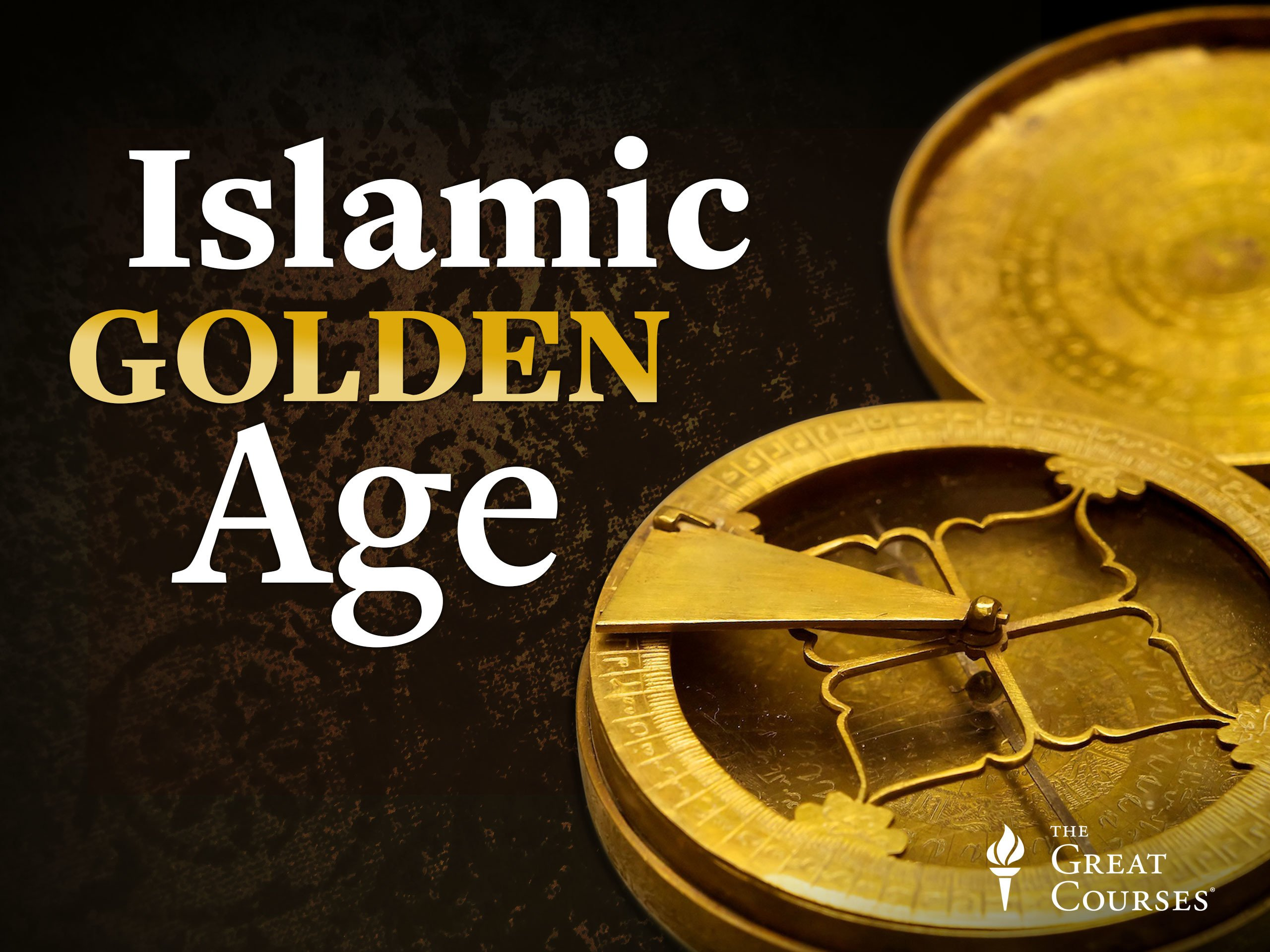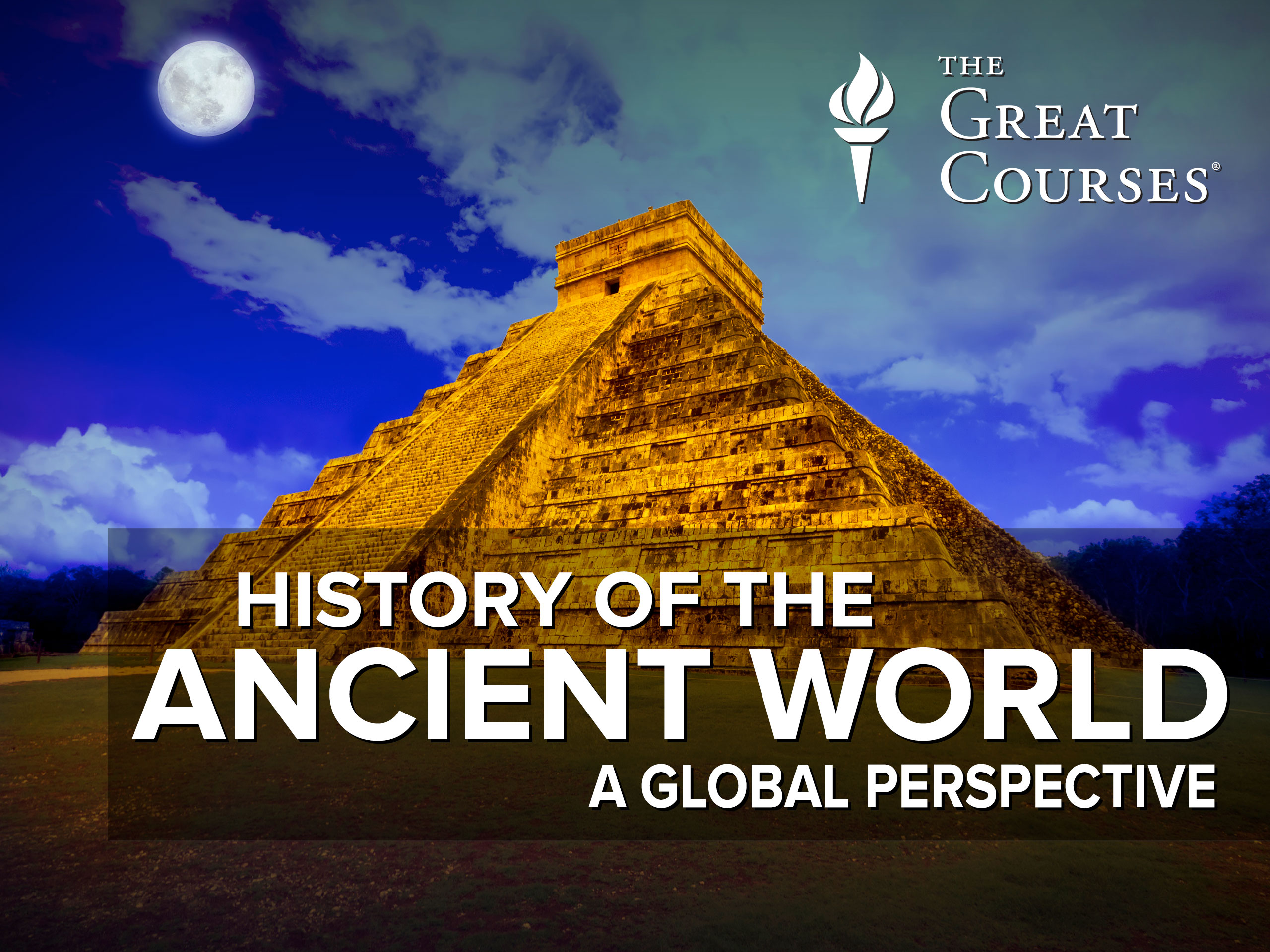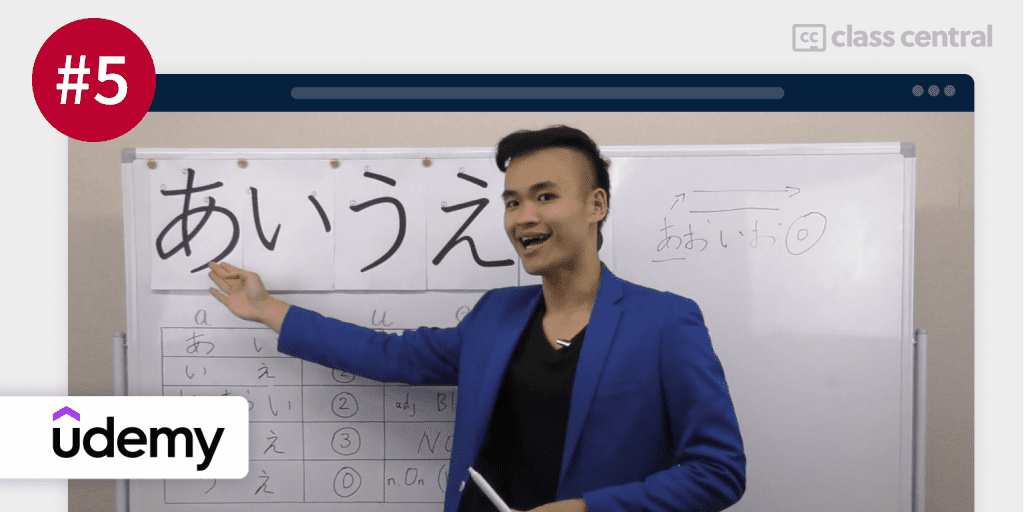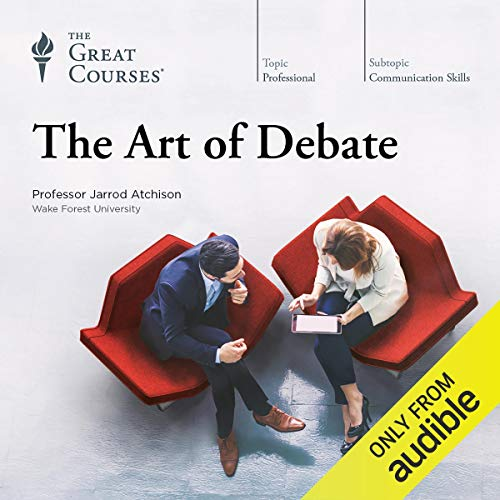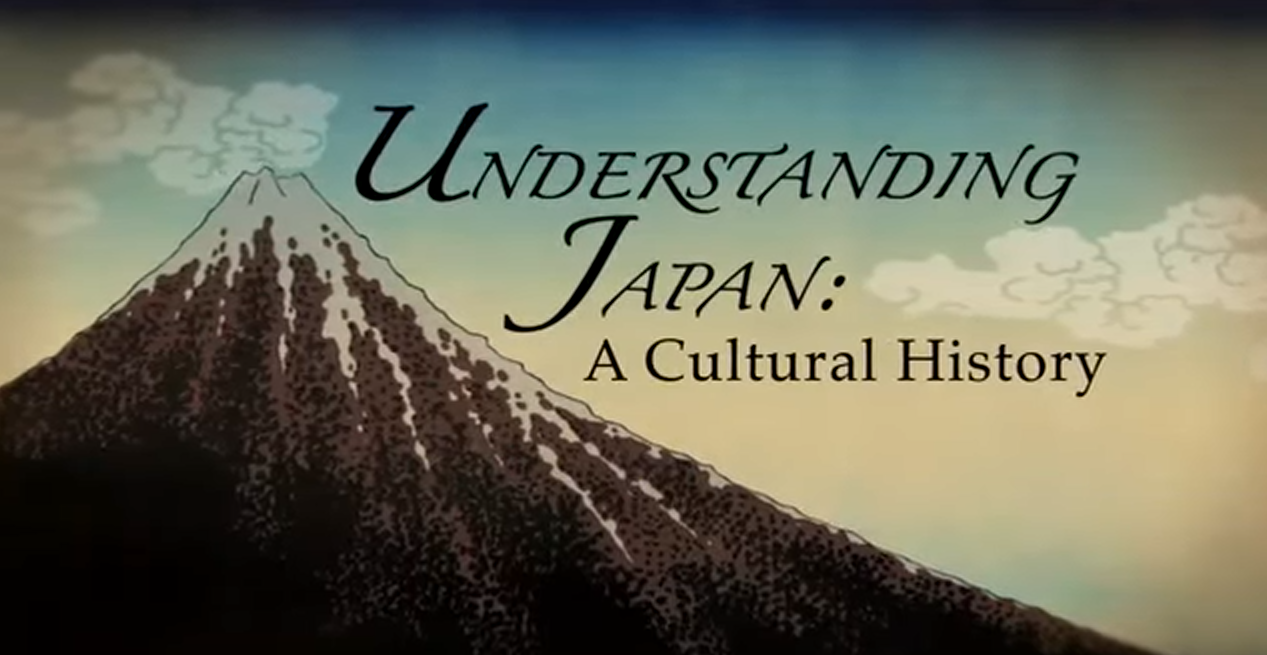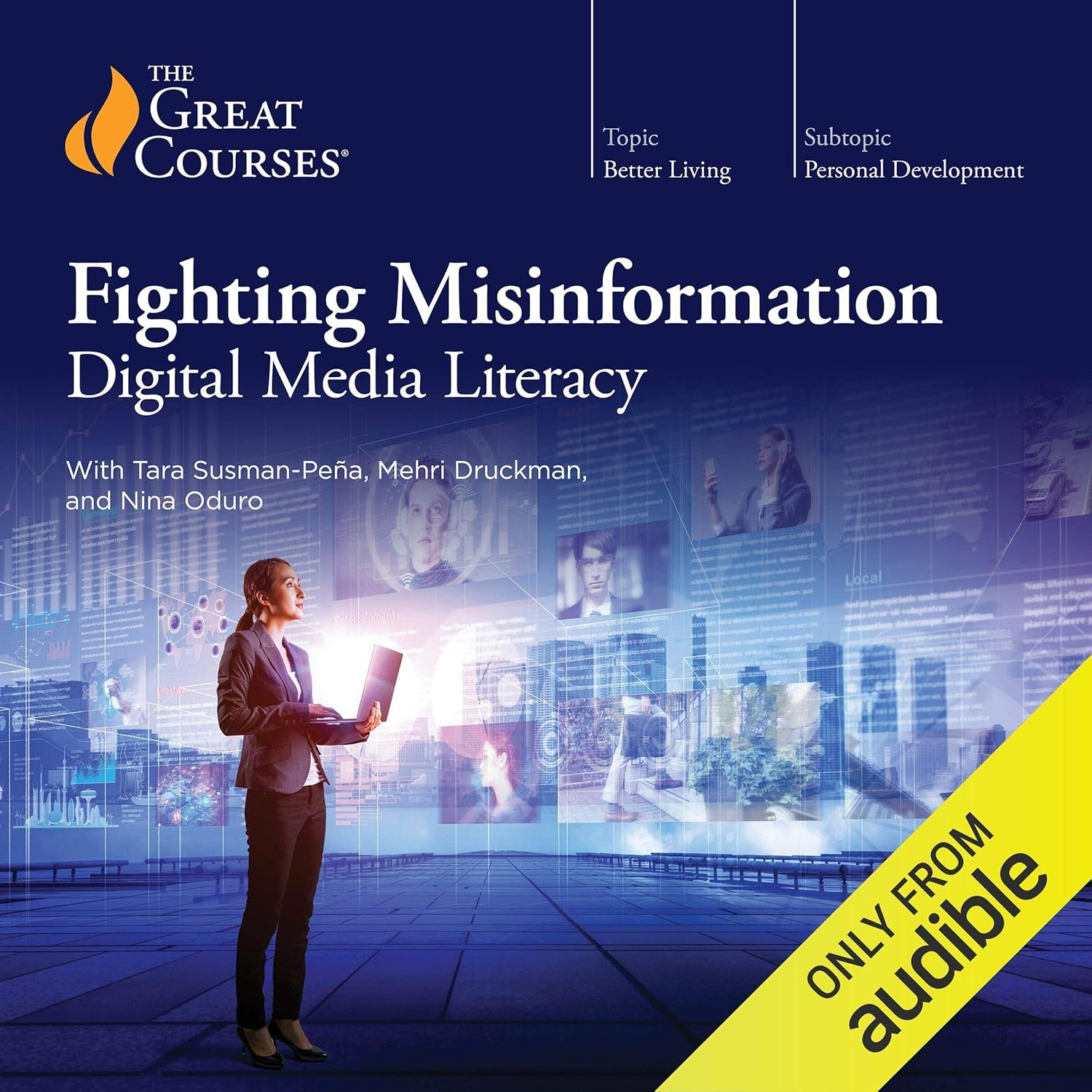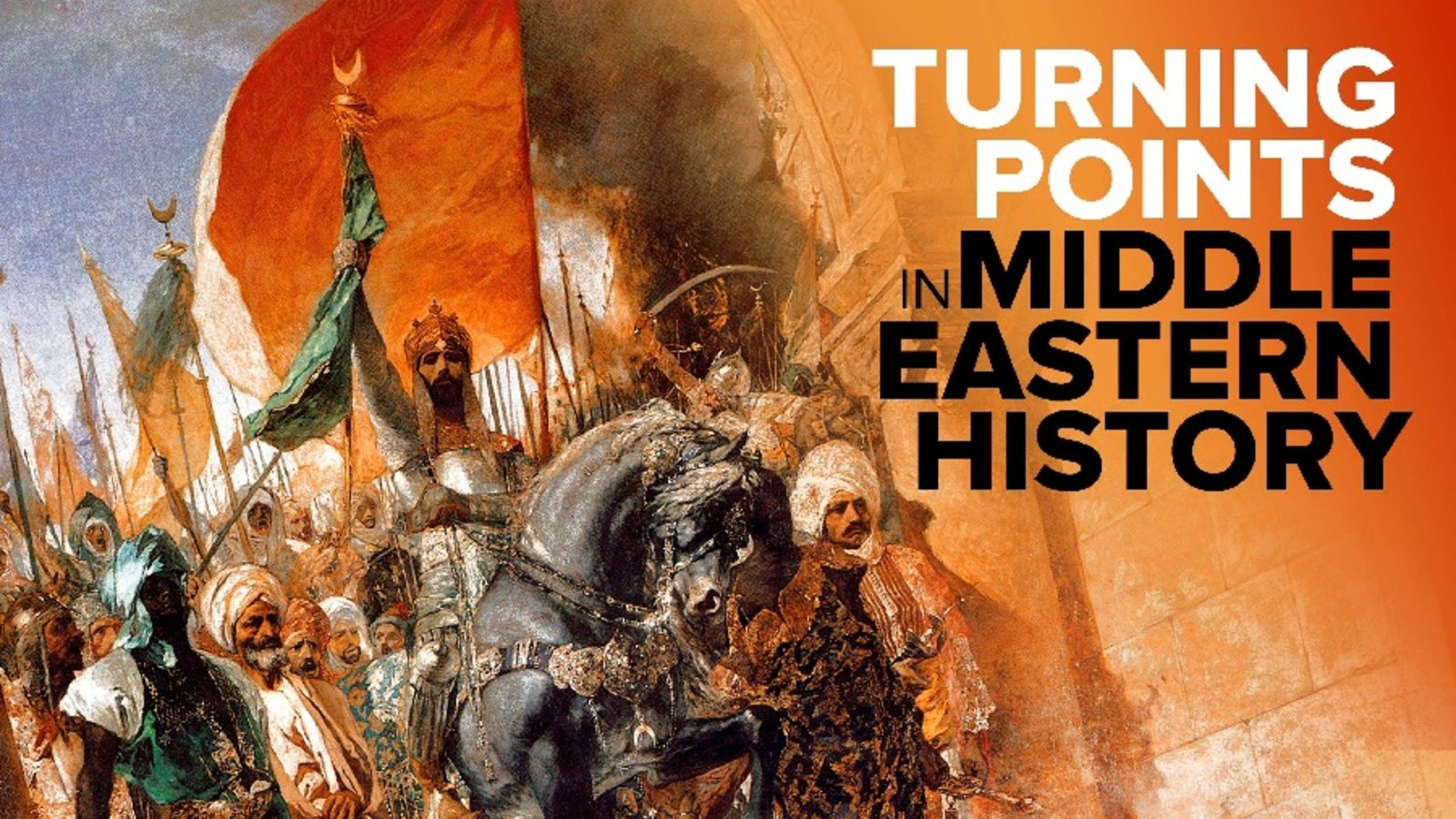Top videoer
Hadith" refers to the collected sayings of Muhammad outside of the Quran, all of which were gathered and sifted in an amazing feat of research by Iman al-Bukhari 200 years after Muhammad's death. Journey with al-Bukhari as he wrestles with the authenticity of hundreds of thousands of hadith-and how his work continues to impact Islam today."
Continue your examination of Greece's cultural heritage with this look at Greek theater—especially its greatest playwrights of tragedy, Aeschylus, Sophocles, and Euripides—and the second wave of philosophers known as the Sophists, led first by Socrates and then by his disciple Plato.
Begin a four-lecture exploration of what has come to be known the Great Man Theory of History—that a single person could indeed alter the course of history—by reviewing the careers of five rulers who might well provide the best arguments for the theory.
Although the three centuries following Alexander were years of warfare, absolutism, and political stalemate, the Hellenistic era did leave a legacy of cultural richness and originality. See how achievements in philosophy, science, and art belied the suffering and mass enslavement of this time.
CompTIA IT Fundamentals+ Course | Module 13 Part 8: Blockers for Web Browsing
CompTIA IT Fundamentals+ Course | Module 8 Part 4: Digital Subscriber's Line (DSL) Internet Services
CompTIA IT Fundamentals+ Course | Module 17 Part 5
The claim, the evidence, and the warrant: these three elements provide the structure of a strong argument. Unpack each of these elements by studying what they are, how they work, and how they come together to produce an argument. Then home in on the warrant, which is often the most vulnerable part of an argument-and therefore the element easiest to challenge.
How did the decline of the court and the rise of the warrior class shape the evolution of Buddhist aesthetic, spiritual, and philosophical concepts? Find out in this illuminating lecture, which covers the massive growth of Pure Land Buddhism (the dominant form in Japan today) and the two main schools of Zen Buddhism.
Delve into the realm of Quranic exegesis from the year 750 until about 1258. By considering the life of al-Tabari, one of the most important commentators in Islamic history, you will uncover the method and implications of tafsir, or exegesis. Your study will take you into controversial territory with a look at the infamous Satanic Verses.
Pause in your study of historical events to appreciate two of classical Greece's most important contributions to art and architecture. Learn the distinguishing characteristics of Greek sculpture and the principles that gave such extraordinary beauty to Greece's temples.
Democracy depends on a well-informed, discerning electorate, equipped to judge the validity of the information available. In this first lecture, Ms. Susman-Peña and her esteemed colleagues at IREX delve into the concepts of misinformation and disinformation, and explain the critical ways in which falsehoods, slander, prejudice, and bad ideas can threaten American democracy.
Study the complex motives and competing interests that launched the Christian crusade to take Jerusalem from its Muslim occupiers. Follow the events of the Pope's dramatic call to arms and the bloody assault against the Holy City, and take account of its aftermath as well as its long-term effects on history.
The affirmative side of a debate must do three things: stay relevant to the resolution, indict the status quo, and offer a proposal designed to solve the problems you have identified with the status quo. Discover how to meet these obligations and build a winning affirmative argument.
Turn away from the court in Kyoto to the countryside, where political infighting led to the rise of Japan's first shogunate ("warrior dynasty") and the emergence of the samurai. You'll also explore the rise of warrior culture through the lines of The Tale of the Heike, an epic ballad spread by wandering minstrels.
CompTIA IT Fundamentals+ Course | Module 18 Part 2
CompTIA IT Fundamentals+ Course | Module 19 Part 1
